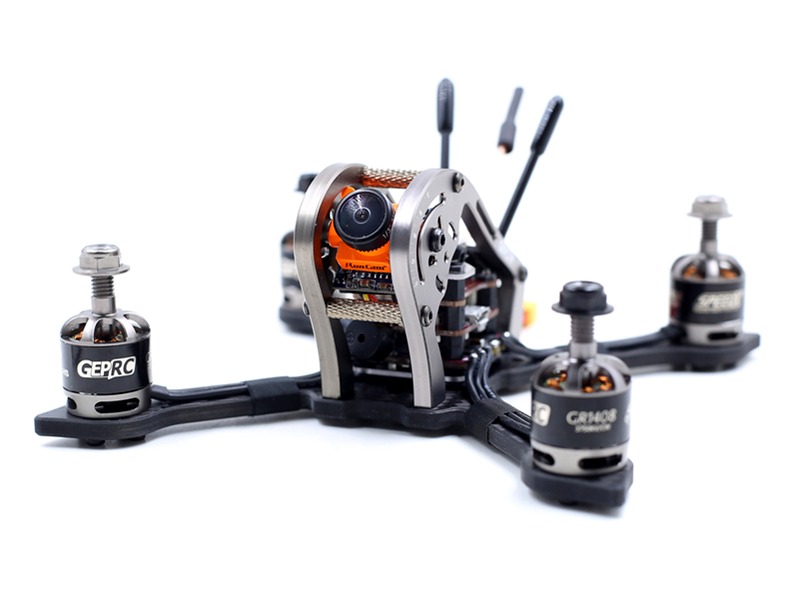Can you fly FPV without a spotter?

Yes, it is possible to fly FPV (First Person View) without a spotter. However, it is not recommended and can be dangerous. A spotter is someone who is watching the drone from the ground and can provide assistance if needed.
When flying FPV without a spotter, the pilot is solely responsible for the safety of the drone and any people or property in the area. This means that the pilot must be aware of their surroundings and be able to react quickly to any potential hazards. The pilot must also be aware of any local laws and regulations regarding drone use.
The pilot must also be aware of the limitations of their drone. For example, the drone must be able to fly in the area without any obstacles or other hazards. The pilot must also be aware of the battery life of the drone and be prepared to land the drone if the battery runs low.
The pilot must also be aware of the range of the drone. The pilot must be able to fly the drone within the range of the controller and be able to return the drone to the starting point if necessary.
The pilot must also be aware of the weather conditions and be prepared to land the drone if the weather becomes too dangerous. The pilot must also be aware of any other aircraft in the area and be prepared to land the drone if necessary.
Finally, the pilot must be aware of their own physical limitations. Flying FPV can be physically demanding and the pilot must be aware of their own physical limitations and be prepared to land the drone if necessary.
In conclusion, it is possible to fly FPV without a spotter, but it is not recommended. The pilot must be aware of their surroundings, the limitations of their drone, the range of the drone, the weather conditions, any other aircraft in the area, and their own physical limitations. If the pilot is not prepared to take on the responsibility of flying FPV without a spotter, it is best to have a spotter present.
Comments / Question
2. Loss of orientation: Without a spotter, it can be difficult to maintain orientation and control of the aircraft. This can lead to the aircraft flying into restricted airspace or other dangerous areas.
3. Injury to people or property: Flying FPV without a spotter increases the risk of injury to people or property on the ground.
4. Legal issues: Flying FPV without a spotter can lead to legal issues, such as fines or jail time, depending on the laws in the area.
2. Make sure you are aware of your surroundings and any potential hazards.
3. Be aware of other aircraft in the area and maintain a safe distance.
4. Be aware of any local laws or regulations regarding FPV flying.
5. Use a failsafe system to ensure your aircraft returns safely in the event of a signal loss.
6. Always fly in an open area away from people, animals, and buildings.
7. Make sure your aircraft is in good condition and properly maintained.
8. Use a spotter whenever possible.
9. Use a GPS tracker to help you locate your aircraft in the event of a crash.
10. Always fly responsibly and with respect for other people and their property.

